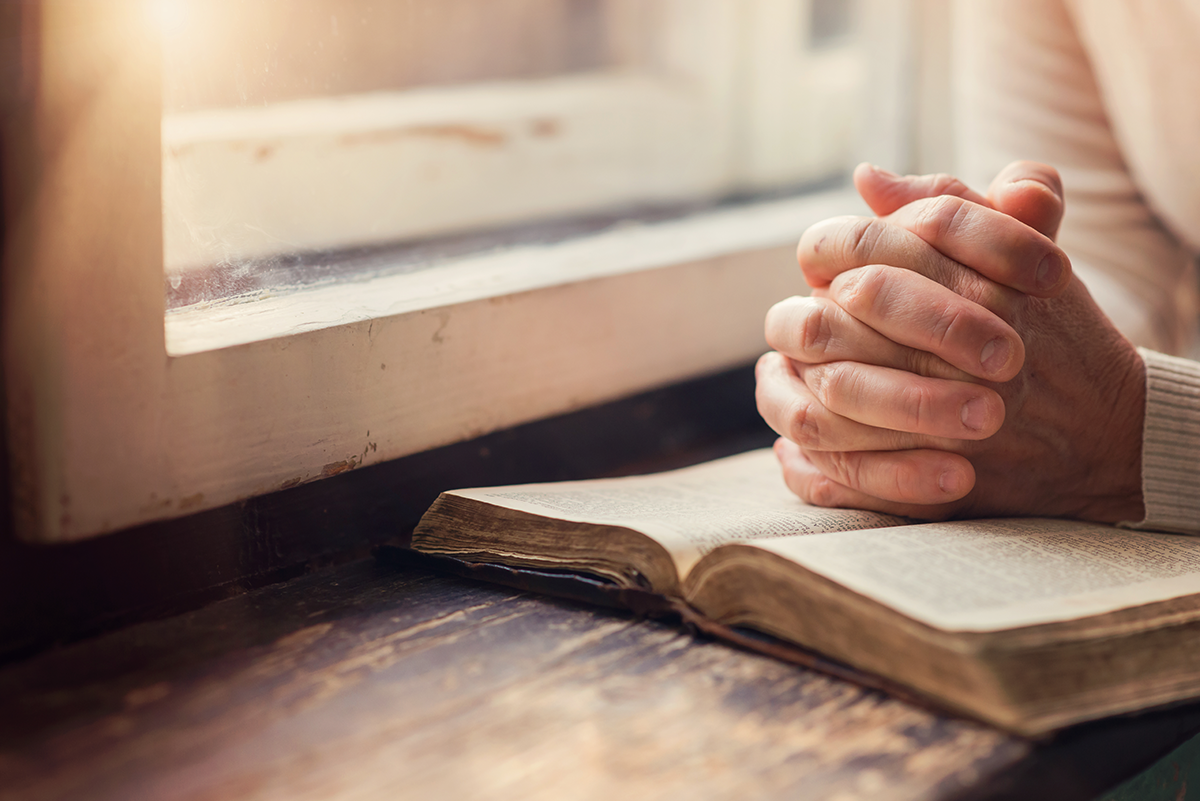Civil Disobedience
In our Wednesday night Bible study this past week, we talked about civil disobedience. With so much recent talk about mask mandates and vaccine passports—or state laws prohibiting such measures—and the strong feelings they stir in many people, this is a timely question. And that is just one current example; this is an issue that is felt even more keenly by Christians under oppressive regimes, like those now facing the prospect of persecution in Afghanistan. What guidance does Scripture offer…
The Meanest Man in Texas
We have been studying Christian ethics on Wednesday evenings for several weeks now, with an emphasis on how we can make moral choices when faced with dilemmas in life. Last week, we talked about capital punishment. In discussing the possibility of repentance and reformation of life, I mentioned how the case of Clyde Thompson had strongly influenced my views on the subject. I told his story in a Sunday night sermon some years ago, but it occurred to me afterward…
Once Upon a Pew
I published this in the bulletin here before, a little over 3 years ago. But in thinking about our call for Bible class teachers (and Bible class attendance!), it came to my mind again. Of course, it goes beyond just Bible class—with restarting our Wednesday evening services this summer, our new Sunday night routine, and numerous other opportunities for service as we try to reengage after an unusual last 18 months, there are constant announcements made and items in the…
Wiser Than Socrates
Socrates was a Greek philosopher who lived in the city-state of Athens in the 5th century B.C. Most of what we know about him is due to the writings of his most famous student, Plato. In the Apology, an account of Socrates’s defense against charges of corrupting the Athenian youth, Plato records how Socrates acquired his reputation for wisdom in the first place. As the story goes, one day a friend of Socrates inquired of the Oracle at Delphi if…
Revive Us Again
We had Vacation Bible School this past week, as you all know, and we tried something different this time by having it in the evening. I was personally not sure how that would go for a variety of reasons: would we have as many children turn out at night as we do in the morning? Would we have many adults show up for a Bible class throughout the week? How would the year layoff impact things, given that COVID still…
Sluggards Need Not Apply
My parents came down to visit for a few days last week. While it is always good to see them, this was not primarily a social occasion. Instead, they were here so that my dad could help me construct a metal shed in my yard. We have been trying to work on this project for a few months, but endless rains and our schedules have kept getting in the way. But we finally found a week that would work for…
Steady Faith in Shifting Sands
We are right in the midst of summer, and thankfully it is much different from the one we experienced last year. The old positive associations that so many have with the season are back. If you’re a kid, it means that school is out…and, unfortunately, by now it feels like it’s almost time to go back. If you’re an adult, maybe it means a road trip somewhere exciting—just off the top of my head, I know some of you have…
The Church of Christ and World-Powers
Today is Independence Day, a time to reflect on the beliefs and actions of our Founding Fathers. Similarly, I think it is beneficial to consider the views of our fathers in the faith. David Lipscomb was the editor of the Gospel Advocate for more than 50 years in the late 19th and early 20th centuries. Fittingly, we want to consider today his views on the relationship between Christians and the civil government, a topic he frequently addressed. This comes from…
The Unity of the Spirit
I therefore, a prisoner for the Lord, urge you to walk in a manner worthy of the calling to which you have been called, with all humility and gentleness, with patience, bearing with one another in love, eager to maintain the unity of the Spirit in the bond of peace (Eph 4:1-3). Note that last phrase especially: the unity of the Spirit in the bond of peace. Paul’s exhortation to the church in Ephesus is one that we need to hear again and again. As long as Christians remain united,…
Joshua’s Resolution
On this Father’s Day, let’s consider an important statement made by God’s man Joshua, one that he makes as a father. In Joshua 24, he is giving his farewell address to the nation. He was an old man who could already feel the hand of death upon him; so it was important that he give the people guidance on how to continue on without him. He recounts the history of Israel, attributing their prosperity to God. If the people forget…
Situation Normal
My brother emailed me this little article earlier this week. It is courtesy of Dr. H. Wayne Shamblin, who authors a brief weekly devotional thought. Dr. Shamblin is evidently an interesting character in his own right: he wrote the music for the hymn “Rejoice in the Lord” which appears in several of our songbooks, and played basketball at Abilene Christian University, where he still holds some records. He is a retired basketball coach who is a member of the Bullard…
“Stand Firm in…Liberty”
I Thank My God I rejoiced in the Lord greatly that now at length you have revived your concern for me. You were indeed concerned for me…Yet it was kind of you to share my trouble. And you Philippians yourselves know that in the beginning of the gospel, when I left Macedonia, no church entered into partnership with me in giving and receiving, except you only. Even in Thessalonica you sent me help for my needs once and again. (Philippians…










